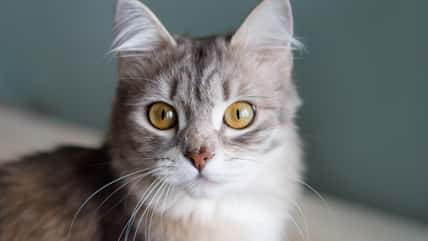These Birds Glow To Find Love, And Scientists Still Have A Lot To Learn About Them

In most species of birds-of-paradise, males have the ability to glow to attract mates, adding another element to their already impressive displays of courtship, which include performing elaborate dances and showing off their bright feathers.
Scientists have found that 37 of the 45 known birds-of-paradise species, or 82 percent, are capable of biofluorescence.
Their feathers can absorb blue or ultraviolet (UV) light, transform it, and emit it back out at lower, visible frequencies.
“The unique mating rituals and displays of birds-of-paradise have fascinated scientists and spurred a myriad of studies focused on trait evolution,” said Rene Martin, the lead author of the study and an assistant professor at the University of Nebraska-Lincoln.
“It seems fitting that these flashy birds are likely signaling to each other in additional, flashy ways.”
Birds-of-paradise live across eastern Australia, Indonesia, and New Guinea near the equator, where bright sunlight is abundant all year long.
The forests they inhabit contain complex patterns of light that vary due to differences in the canopy. The variations may enhance biofluorescent signals.
The research team analyzed museum specimens of birds-of-paradise using a specialized photography setup with UV and blue lights.
Then, they recorded the wavelengths and color of light emitted from the feathers. They found bright green and green-yellow fluorescence.

Sign up for Chip Chick’s newsletter and get stories like this delivered to your inbox.
Males were biofluorescent in the feathers on their head, neck, belly, and tail, as well as the inner mouth, throat, bill, and feet.
Females also emitted a glow, mainly from their chest and belly. Biofluorescence was more prevalent in males than females, which supports the idea that the glowing feathers are used to attract mates.
On the male birds-of-paradise, the glowing patches are usually next to black or dark plumage, creating a sharp contrast that draws the eye. These biofluorescent patterns possibly play an important role in courtship and hierarchy.
Three birds-of-paradise species, Lycocorax, Manucodia, and Phonygammus, did not show any signs of biofluorescence.
They have a monogamous nature, which could be why they don’t glow since there is less competition between males. They likely lost the trait through evolution.
“Despite there being over 10,000 described avian species, with numerous studies that have documented their bright plumage, elaborate mating displays, and excellent vision, surprisingly very few have investigated the presence of biofluorescence,” said John Sparks, a co-author of the study and an ichthyologist and curator at the American Museum of Natural History.
Future research might focus on assessing the animals in their outdoor environment. They will be even more fluorescent in their natural habitat than in museums.
The new findings suggest that scientists have a lot to learn about these birds. Even though birds-of-paradise have already been well-studied, they can still provide more information about avian behavior and morphology.
The study was published in the journal Royal Society Open Science.
More About:Animals





